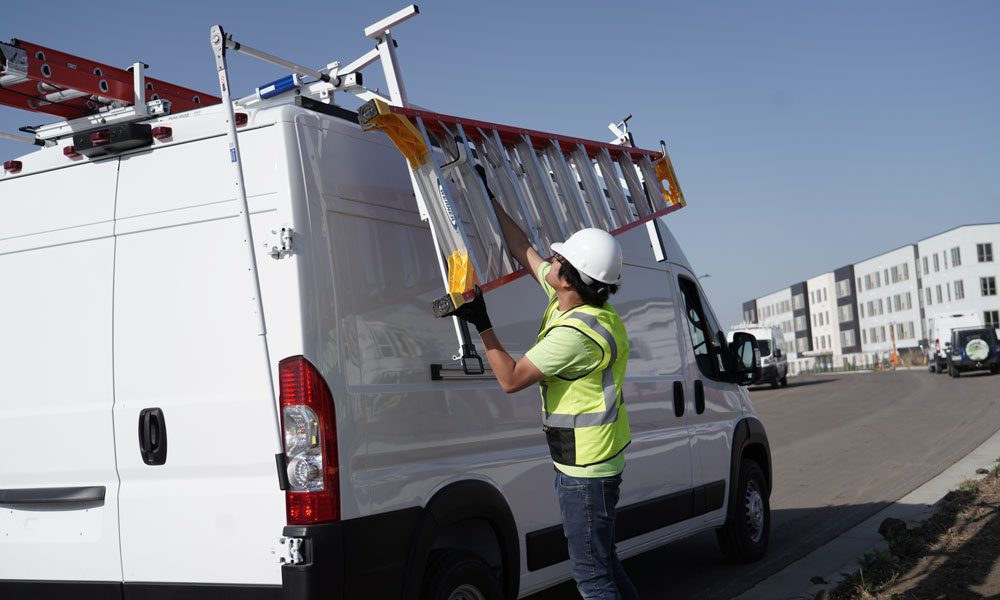September 10, 2021
The Internet of Things (IoT): Making Waste Collection Part of a Smarter Future
IoT drives digital transformation for smart cities featuring smarter waste collection.
By Don Diego Padilla II
Put simply, IoT is about connecting and controlling the different objects in our world with the help of the internet. With proliferating it analytics, cloud computing, smart devices and apps, IoT is rapidly connecting businesses, processes and people on a scale that was previously inconceivable. Research from McKinsey estimates that IoT applications could deliver a potential economic impact of as much as $11.1 trillion per year by 2025.
IoT revolves around increased machine-to-machine communication. Built on cloud computing and networks of data-gathering sensors, it delivers a mobile, virtual and immediate connection. And it has the power to make everything “smart”. According to Cisco, 500 billion devices are expected to be connected to the internet by 2030. Each device includes sensors that collect data, interact with the environment and communicate over a network.
IoT is the network of these connected devices. Smart, connected devices generate data that IoT applications use to aggregate, analyze and deliver insight, which helps drive more informed decisions and actions. Indeed, IoT is a critical part of business strategies going forward. Based on an IDC study of 2,300 executives in 15 countries, 48 percent of those surveyed have already deployed IoT solutions, and 58 percent said that the IoT is strategic to their business strategy.1
IoT, Smart Cities and Waste Management
IoT is fundamental to “Smart Cities”. A smart city is one that has digital technology embedded across all city functions. As world urbanization continues to grow, and the total population is expected to double by 2050, there exists an increased demand for intelligent, sustainable environments that reduce environmental impact and offer citizens a high quality life. A smart city, therefore, is defined as bringing together technology, government and society to enable the following characteristics:
- A smart economy
- A smart environment
- Smart mobility
- Smart people
- Smart living
- Smart governance2
Included within a smart city’s mandate is waste management and the fleets that collect and dispose of this waste. Consider that the u.s. generates nearly 230 million tons of trash every year—that is 4.6 pounds of waste per person, per day.3 With strained budgets and growing populations, being smarter about all aspects of waste management is becoming a growing priority.
A 21st-century solution to waste management and collection is a key part of what makes up a “smart city”. As a result, the waste sector is increasingly embracing IoT thinking. The use of smart technologies is already employing asset scanning, such as waste collection data gathering, the use of cart chip/sensor technology, camera-based realtime monitoring and the optimization of vehicle fleet logistics. Waste management organizations globally are now progressively deploying industrial IoT systems to monitor trash, vehicles, drivers and customers to optimize many elements of the essential services offered.
The IoT Advantage
A city’s waste removal program is crucial to its overall operations. From routes to carts to safety and resource management, effective waste collection can have a huge impact on budgets. IoT offers municipalities a connected solution to better manage the waste removal process. More efficient waste collection can impact:
- City administrators who need control over budgets, service quality and refuse collection service providers.
- Municipal fleet and dispatch managers who need to better manage fleet logistics and service accountability.
- Private haulers who need to better organize and optimize business processes.
- Customers who expect timely a consistent customer service.
IoT Sensors on Waste Collection Vehicles
A variety of strategically located sensors in and around the waste collection vehicle include:
1. Sensors to Manage Lifts—For increased efficiencies, many waste collection fleets now use automated loaders to lift garbage containers and dump the garbage into the vehicle. These automated loaders can service a much higher number of customers as compared to manual lifting, which significantly reduces both collection time and costs. However, due to the speed and force of automatic lifts, they need to be controlled to avoid stresses within mechanical components that can lead to breakage, failure or accelerated wear of components. To mitigate these risks, lift sensors can control the range of motion of a hydraulic actuator by signaling that the actuator is near a specified range of motion. This enables smoother mechanical operation and greater visibility into vehicle operation.
2. RFID Sensors for Cart/Container Management—Cart and container management systems provide waste and recycling firms with advanced solutions for automated garbage collection and the management of carts and customers. Using RFID tags and sensors, each garbage can or cart can be associated with a specific customer address. Drivers can quickly verify cart specifics by scanning these with handheld or other devices. inventory management capabilities can update backend databases in real-time on service or replacement and repair requirements. With added GPS capabilities, fleet operations personnel now have real-time visibility into truck location and activity, can verify service accuracy, and can quickly identify carts that have been moved or stolen, or require servicing. Individual customer information—from damaged carts to insufficient cart capacity—is easily captured into a centralized database. This further ensures immediate and accurate information for billing processes.
Smart benefits include:
- Updates to delivery and associated billing information in realtime
- Process improvements and cost savings through automatic asset tracking
- 100 percent visibility into cart or container usage
- Zero operator intervention
3. Connected Camera Systems—Smart fleet management systems now come with multiple cameras for unprecedented insights into and all around a vehicle. Typically integrated with in-cab smart displays and mobile DVR devices, these cameras take pictures and capture real-time video footage for unprecedented remote monitoring. Fleet managers can capture video of all internal and external activities from every angle, identify any driver-related safety issues for rapid remediation, capture evidence for accident and dispute resolution, and eliminate blind spot areas for a complete round-the-truck view. Additionally, these cameras can vastly improve operations by tracking bins, monitoring the lift’s safe use and recording any contamination status.
4. Sensors for Weight Management—Smart trucks can now come with calibrated mobile scales that record the weight of each cart/container lifted. These vehicles are equipped with load cells, which include corresponding scale sensors to record precise weights. These can easily be integrated with order processing systems, and onboard computing systems for route management, bin identification, tracking and navigation. Benefits include less cost-intensive weighing processes, real-time weight data collection, accurate billing and zero manual intervention requirements. Weight sensors also support weight-based Pay-as-you-throw (PAYT) programs that encourage more recycling by tying the cost of waste services directly to the amount of trash generated per household. The data from the weight sensors is typically fed into an onboard computing device via telemetry to identify every load by location, date and time while also calculating accurate weights of each bin collected. The result is reduced waste and increased recycling rates.

Benefits of IoT to Waste Fleets
The benefits of smarter waste collection fleets with IoT connected systems are immense:
- Measure accuracy and efficiency in meeting pickup and delivery commitments
- Decrease administrative time wasted on data entry—go paperless
- Improve the driver experience and efficiencies
- Ensure accurate billing
- Improve fuel consumption and mileage management
- Heighten accountability and visibility
- Improve customer service
- Be greener and operate safely at peak performance
- Significantly reduce resource requirements
- Lower communications costs
- Ensure integrated activity management
- View servicing problems in real-time to improve customer satisfaction
- Improve maintenance and safety initiatives
- Help reduce amounts of household waste
Creating More Efficient, Sustainable Operations
More efficient and sustainable waste collection is now considered a fundamental service for smart cities. IoT can be applied to optimize waste collection with RFID tracking, sensors and cameras. Smart fleet systems now incorporate a model for connected data sharing between the back-office, trucks and and drivers to enable route optimization, full management of container assets, safety and more efficient, sustainable operations.
Don Diego Padilla II is Vice President of Safe Fleet Waste and Recycling. FleetMind Solutions is the award-winning technology leader for connected “smart truck” solutions for waste management fleets. FleetMind’s technology is derived from more than 20 years of developing the most advanced fleet management mobile and software solutions specifically designed for waste and recycling collection environments. FleetMind is a member of the Safe Fleet family.
Don Diego can be reached at [email protected].
For more information, call (888) 639-1666, e-mail [email protected] or visit www.fleetmind.com or www.safefleet.net
Notes
Cisco, “Connecting everything drives positive business results”. idc 2015 report.
IEEE Smart Cities, 2016.
Annenberg Foundation, “Garbage – How can my community reduce waste?”, 2016.





